What’s the Most Effective Way to Treat Shingles? Can It Be Done Naturally?
By: Noah W Chung | PharmD
If a rash has recently appeared on your body, you may suspect you have shingles. Generally, shingles lasts an average of four weeks. Shingles is known for the painful rash it causes, and it can appear anywhere on the body. The symptoms include extreme discomfort and pain. You may first start feeling generally unwell and feel some tingling or pain on one side of your body. (Learn More) The following are common shingles symptoms:
Tingling, numbness, or pain on the skin
Blisters full of fluid that ooze when they open
Soreness around the eyes or ears that make hearing and seeing a bit harder
Numbness
Skin sensitivity
Some people may experience other symptoms, such as:
Fever
Nausea
Tiredness
Chills
Headaches
Mayo Clinic reports that there is no cure for shingles. It can occur in people who have had varicella (chickenpox) since it is a reactivation of the same virus. (Learn More) Shingles is only contagious through direct contact with the rash if the blisters are oozing. (Learn More) Most often, shingles is treated with antiviral medications. (Learn More) These drugs can reduce the severity of the symptoms. There are some things you can do at home to reduce discomfort from shingles. (Learn More)
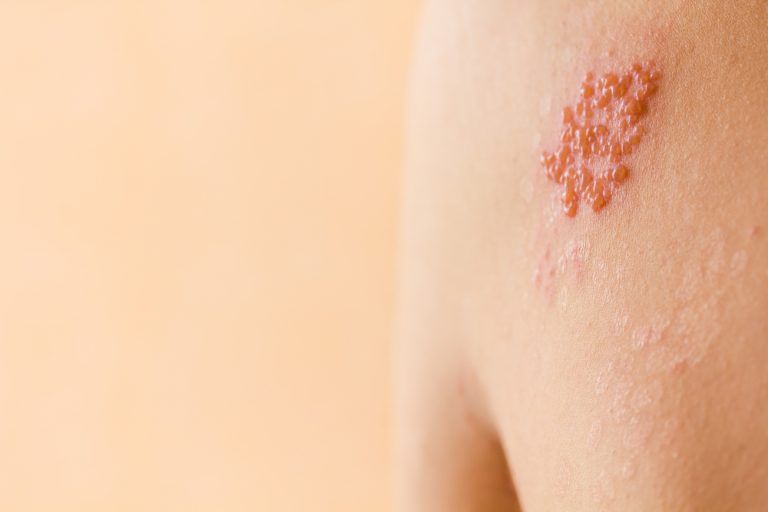
Complications of Shingles
Shingles is relatively harmless, but not treating it could result in some serious long-lasting consequences. It could lead to post-herpetic neuropathy (PHN). This is a type nerve damage accompanied by burning that lasts for years after you recover from shingles. A few risk factors for developing PHN are:
Being older.
Having a severe shingles rash that covers a large part of the skin.
Feeling pain in the early stages of a shingles infection.
A weak immune system.
Other long-term difficulties that can develop include the following:
Vertigo
Problems with eyesight
Hepatitis
Paralysis on part of the face
Hearing loss
Loss of taste
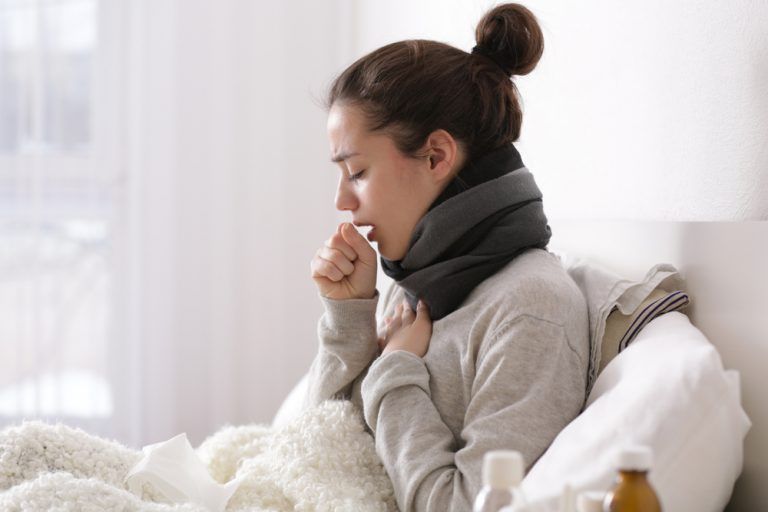
How Contagious Is It?
Shingles are the result of a reactivation of the varicella virus, meaning that it has been present in the body before. If you have shingles, you should stay away from people who have never had chickenpox before, as they are more vulnerable to catching the virus. A person can only contract shingles if they touch the fluid from the rash blisters. You should avoid contact with:
People with a weak immune system, including those with HIV.
Low-weight babies.
Those who have not received a varicella vaccination or have not had chickenpox.
Pregnant individuals.
Common Medical Treatments and Prevention Methods
The best thing to do when you suspect you have shingles is speak with your doctor. You can then treat it as soon as possible and prevent complications. It is crucial to speak with your doctor within the first three days of noticing your rash. Your doctor will be able to look at the rash and determine its source. Early treatment can reduce the amount of time you spend in pain, decrease future scarring, or speed up the healing process. Your doctor will most likely use these kinds of treatments to assist you:
Antihistamines and painkillers:
Many medications your doctor might recommend are available over the counter (OTC). They may include:
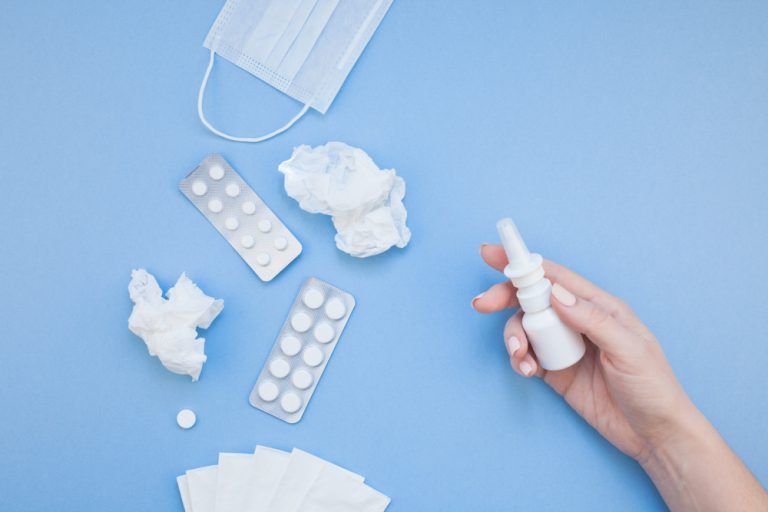
Products that numb your skin, such as lidocaine.
Local anesthetics or other medications that can reduce your pain levels.
Antidepressants:
Though it sounds strange,
Medical News Today
reports that some antidepressants can decrease shingles-induced pain or PHN. Tricyclic antidepressants (TCAs) are the most commonly used antidepressants for pain caused by shingles. Examples of these are:
Tofranil (imipramine).
Elavil (amitriptyline).
Antiviral medications.
These are best used within the first three days of noticing your rash, though they may still work well during the first seven days. They make it easier to cope with symptoms, hastening recovery and preventing future bouts of shingles or their complications. Commonly used antiviral medications are:
Valtrex (valacyclovir).
Zovirax (acyclovir).
Famvir (famciclovir).
Anticonvulsants.
Often used for epilepsy, some common anticonvulsants show promise in decreasing symptoms of shingles. If you are prescribed an anticonvulsant, it may take a few weeks for them to work properly. You can expect to use:
Neurontin (gabapentin).
Lyrica (pregabalin).
Natural Remedies and Coping Methods
After talking to your physician, there are a few things you can do to cope with shingles at home.
Get enough rest.
Use calamine lotion on parts of your body affected by a rash.
Use exercise, deep breathing exercises, and other methods to decrease stress.
Wear loose clothing made out of comfortable material, such as cotton.
There are also natural ways you may be able to deal with your symptoms. These are meant to complement methods used by your physician.
Cold compresses:
Medical News Today says that this simple method can make it easier to deal with itchiness that accompanies a shingles rash. Run cool water onto a cotton cloth, and apply it on skin as necessary. It is best to avoid extreme temperatures, so using ice or bathing in hot water are not a good idea. Heat may even delay the healing process.
Cool baths:
Make sure the water is not extremely cold. A cool bath or shower can provide temporary relief.
Quitting smoking:
Smoking is known to weaken the immune system and prolongs how long any disease stays in your body.
Switching to a healthy diet:
Eating a diet rich in fruits, vegetables, and grains, along with adequate amounts of protein and fiber can help you feel stronger and fight off infections.
Lotions that contain capsaicin:
As mentioned on Healthline, lotions and creams are not meant to heal you any faster. Instead, they soothe your skin so you can feel comfortable. Capsaicin is known to be anti-inflammatory and decrease pain. You might be able to use this between three to four times per day.
Frequently Asked Questions
What causes shingles?
The varicella-zoster virus (VZV) is the cause of shingles. VZV also causes chickenpox. Rather than being a separate disease, shingles means the VZV virus has been reactivated in some people. Experts still do not understand why the virus reactivates itself after staying dormant in a person’s system. Shingles can occur years or decades later in people who have had chickenpox. People in their 50s to 60s who had varicella when they were children are at the highest risk of developing shingles.
Why is it important to treat shingles early?
Shingles is painful and can cause you to feel as if you have a burning pain in the affected area. Early treatment can provide comfort. Waiting too long to treat shingles puts you at risk of developing issues such as post-herpetic neuralgia (PHN). PHN causes you to have a burning or throbbing pain for months or even years after shingles is gone. Shingles can also affect the area around the eyes. If untreated for a while, this can cause permanent damage to your sight or lead to blindness.
Is shingles contagious?
It’s only contagious for those who haven’t had the virus before and only via the fluid from the blisters. Stay away from people who have not been vaccinated against chickenpox and shingles, people whose immune systems are compromised, and infants.
References
Shingles. (February 2018). National Health Service.
What to Expect When You Have shingles. (March 2018). Medical News Today.
Shingles. (May 2018). Mayo Clinic.
6 Natural Treatments for Shingles. (August 2018). Healthline.
What Are Some Home Remedies for Shingles? (June 2018). Medical News Today.
How Shingles Is Treated. (May 2019). Verywell Health.

Related Articles
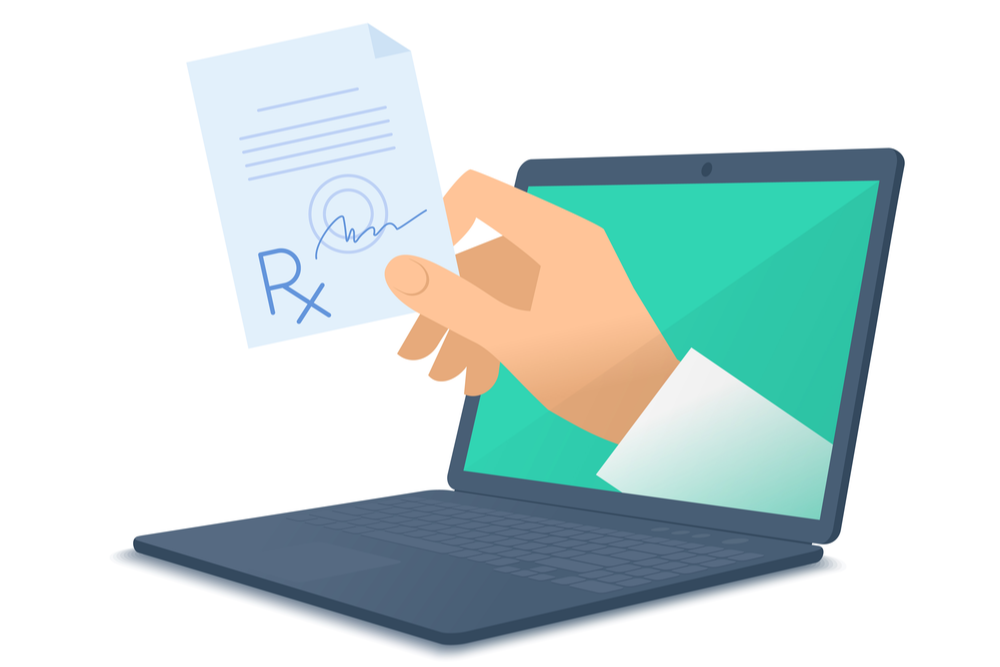
The Acne Medication Playbook: From Drugstore Staples to the Nuclear Option Doctors Save for Last
Acne is not just a teenage problem it's a...

Understanding High Cholesterol: Symptoms, Risks, and Treatment Options
High cholesterol, or hypercholesterolemia, affects nearly...

Understanding Anxiety: Symptoms, Treatments, and Medications
Anxiety disorders are among the most prevalent...
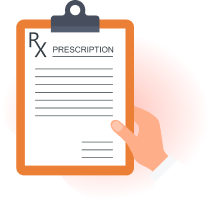
The Dark Side of Slimming Down: A 100-Year Journey of Weight Loss Drugs
Weight loss drugs have long occupied a complicated...
